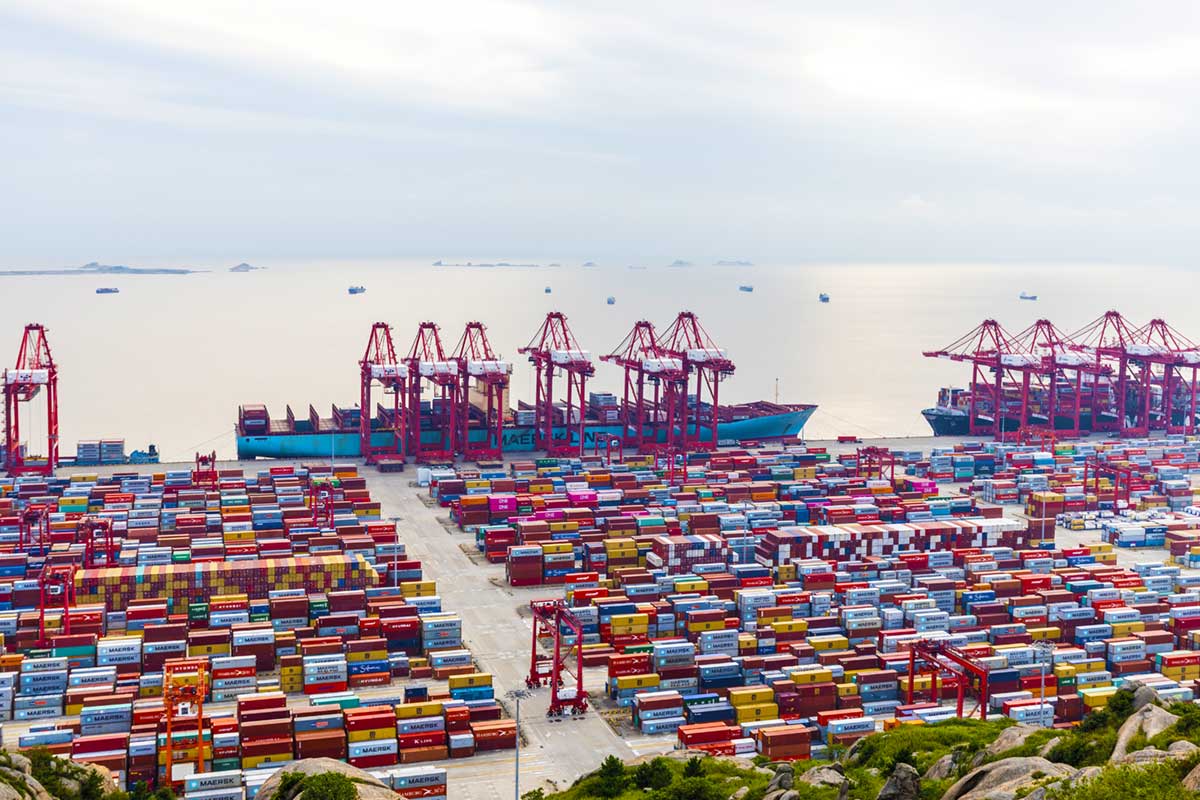COVID-19 in China, increased pricing and international tensions continue to significantly impact the global container shipping industry. While spot shipping prices have reduced 10% this year, recent increases in fuel prices will continue to pressure pricing and reliability.
There has been a significant flare-up in COVID-19 cases across China since our last shipping bulletin. Currently, the Shanghai region is under stay at home orders, which has begun to affect port operation directly. It has reduced labour availability, closed factories and limited vehicle ability to deliver containers to the ports.
Congestion off southern China ports is now at record highs with an inability to efficiently operate all vessels. However, this congestion could ease in the short term, and pricing could be further reduced due to factories not having an adequate output.
As a result, there will be no immediate demand for shipping. However, the pent up demand could cause a whiplash effect in the coming weeks and months to push pricing back to record highs.

Busy Yangshan container port, Shanghai, China is but one of the ports affected by the resurgence of COVID-19 in China
These effects are not just limited to Shanghai and Southern China, with reports of increasing cases in regions dotted all over China. Freightos reported that this current wave of COVID-19 throughout China could
“make this iteration the most significant logistics disruption since the start of the pandemic”.
The Russian-Ukrainian conflict has impacted both the demand and price of bunker fuel. The crisis has meant that freight historically transiting from Asia to Europe by rail will now travel by ship, pushing up global demand for charter vessels, invariably impacting all international pricing.
However, the more significant impact could be on the supplier of bunker, with increases of up to US$100 per tonne a day recorded. Pricing has increased by a third since the end of February, adding millions of dollars to the cost of operating a vessel. These costs will invariably be passed on to the shipper in the way of an increased bunker surcharge.
While Redox’ acknowledges that there has been a short term reduction in pricing, there are still significant unknowns within the global supply chain. Please liaise with your Redox representative to discuss the best way to reduce risk & cost in your business throughout 2022.